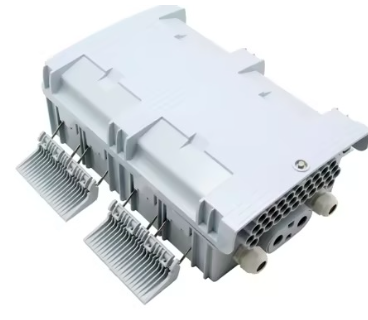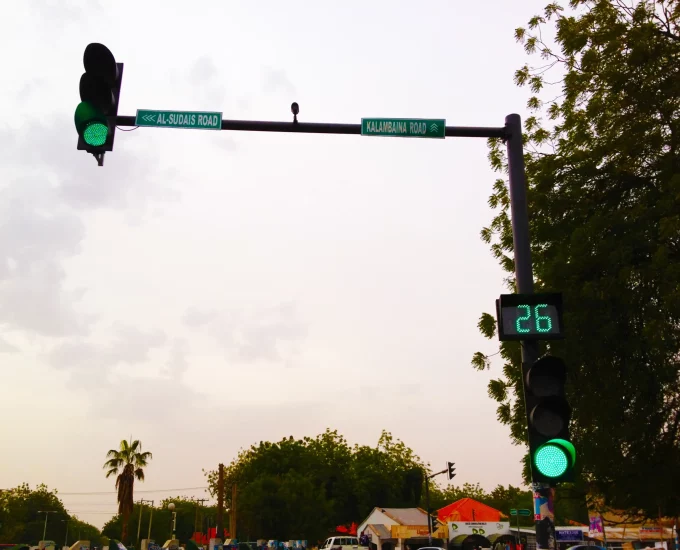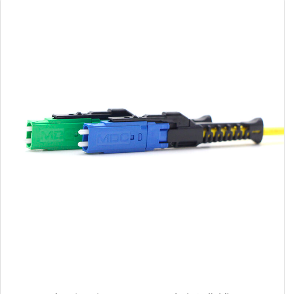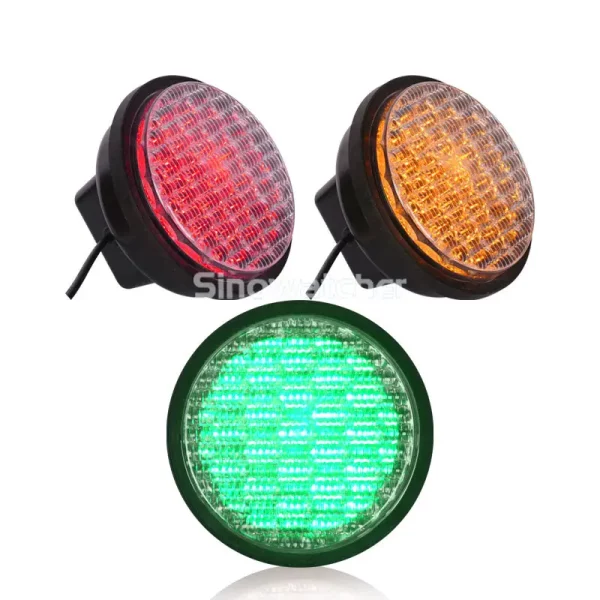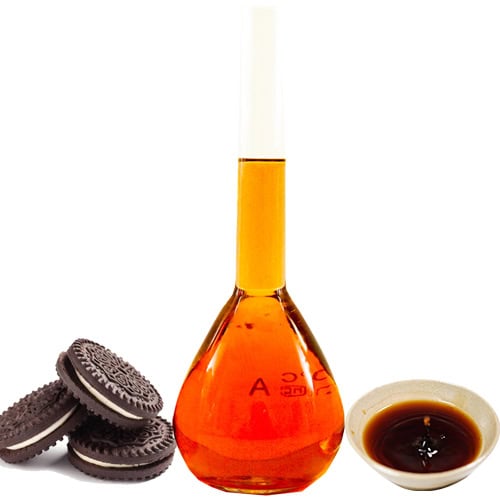目录
Fiber to the Home (FTTH) networks deliver high-speed broadband directly to residences and businesses, making the choice of components vital for maintaining signal quality and network reliability. The FTTH drop patch cord is the final segment linking the fiber distribution network to the customer’s optical network terminal (ONT). Selecting an appropriate drop patch cord ensures efficient signal transmission and durability. This article breaks down the essential factors and installation best practices for choosing the right FTTH drop patch cord.
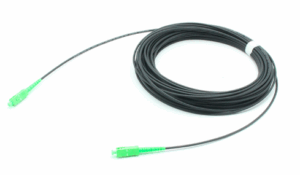
Key Specifications of FTTH Drop Patch Cord
The technical features of an FTTH drop patch cord directly influence performance and compatibility:
- Fiber Type and Core Size
Single-mode fiber with a 9 µm core is standard in FTTH, offering low attenuation of approximately 0.35 dB/km at 1310 nm and 0.22 dB/km at 1550 nm. This supports transmission distances beyond 20 km. Multimode fibers are rarely used due to higher modal dispersion affecting signal quality. - Connector Types and Loss Performance
SC/APC connectors dominate FTTH due to superior return loss (typically >65 dB), which reduces back-reflection and signal degradation. LC connectors are smaller, suitable for high-density panels, but may have slightly higher insertion loss (~0.3 dB). Field-installable connectors provide flexibility but require skilled installation to maintain losses below 0.5 dB. - Cable Jacket and Environmental Ratings
Outdoor drop patch cords feature UV-resistant, moisture-proof polyethylene jackets with integrated strength members like aramid yarn, functioning reliably between -40°C and +70°C. Indoor cables use flame-retardant PVC or LSZH jackets compliant with fire safety codes (e.g., UL 1666). Typical cable diameters range from 3 to 5 mm, balancing flexibility and protection. - Bend Insensitivity
Bend-insensitive fibers maintain low loss (additional ≤0.1 dB) even when bent at radii as small as 7.5 mm, critical for indoor routing in tight spaces.
Installation Guidelines for FTTH Drop Patch Cord
Proper installation preserves cable integrity and network performance:
- Minimum Bend Radius Compliance
Adhere to bend radii specified by manufacturers—usually 20× cable diameter without tension and 30× with tension. For example, a 4 mm cable requires a minimum bend radius of 80 mm (no tension) and 120 mm (with tension). - Tensile Load Limits
Typical FTTH drop patch cords have tensile strengths between 200 and 600 N; installers should limit pulling force to 50–80% of rated strength to avoid fiber damage. - Strain Relief and Fixation
Use strain relief boots and secure cables with clips or conduits near connectors to reduce movement and mechanical stress. - Connector Cleaning
Contaminants on connectors cause insertion losses up to 0.5 dB. Clean all connectors with isopropyl alcohol and lint-free wipes before connecting. - Post-Installation Testing
Employ OTDR and power meters to verify insertion loss (should be <0.3 dB per connector) and continuity to ensure proper installation.
Environmental Suitability of FTTH Drop Patch Cord
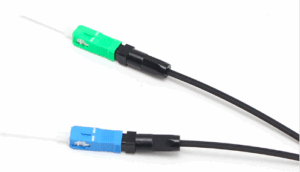
The deployment environment impacts cable selection significantly. Outdoor drop patch cords require ruggedized jackets resistant to UV, moisture, and chemicals, plus water-blocking gels or tapes for long-term durability. Operating temperature ranges typically span from -40°C to +70°C to ensure reliability in diverse climates.
Indoor cables must comply with strict fire safety regulations. LSZH jackets minimize toxic smoke and halogen release during fires, essential for residential and commercial buildings. Additionally, smaller cable diameters facilitate routing in limited spaces such as conduits and walls.
Connector waterproofing with IP65 or higher ratings is crucial for outdoor installations, preventing ingress of dust and moisture that compromise signal integrity.
Innovations in FTTH Drop Patch Cord Technology
Emerging technologies aim to improve reliability, installation efficiency, and future scalability:
- Smart Patch Cords
Integration of sensors monitoring bend radius, tension, and environmental factors can provide real-time alerts, preventing faults before they occur. - Miniaturized Cable Designs
New fibers and jackets enable cables less than 3 mm in diameter without sacrificing tensile strength, allowing installation in extremely compact or congested pathways. - Advanced Connector Systems
Quick-release and push-pull connectors simplify field installation and maintenance, maintaining insertion losses below 0.25 dB and reducing technician time.
Conclusion
Selecting the right FTTH drop patch cord hinges on balancing fiber specifications, connector quality, cable construction, and environmental factors. Adhering to best installation practices like respecting bend radius and limiting tensile forces enhances cable lifespan and network reliability. Keeping pace with technological advances ensures future-proof FTTH deployments capable of meeting growing bandwidth demands. Thoughtful selection and careful installation of drop patch cords ultimately contribute to stable, high-performance fiber optic networks.
0

